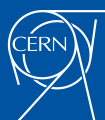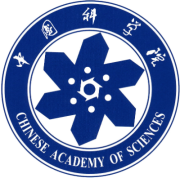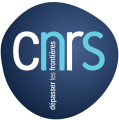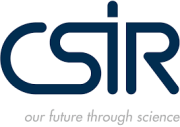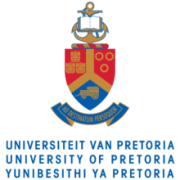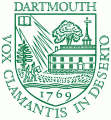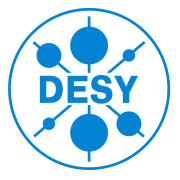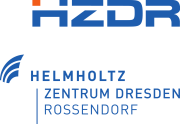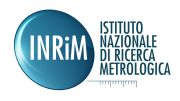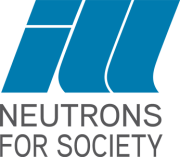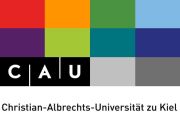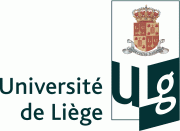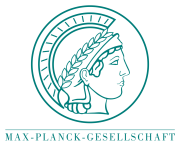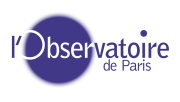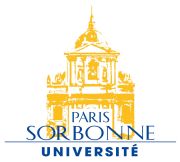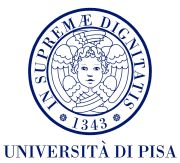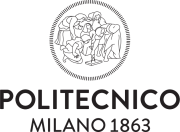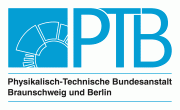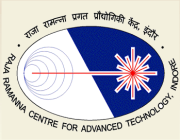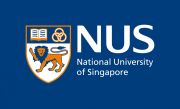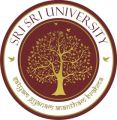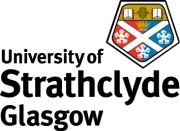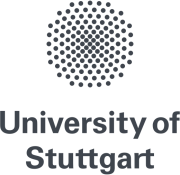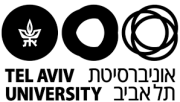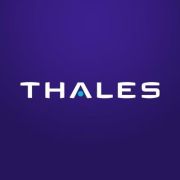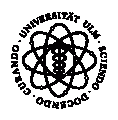SINGLE PHOTON MANIPULATION
QUBIG is a world-leading expert in the field of light modulators and has dedicated significant effort to the development of high-performance electro-optic devices and matching driver electronics for precision manipulation of the Phase, Amplitude, and Polarization of individual photons with unprecedented accuracy. Our unique high-voltage technology and active mitigation of piezo-electric resonances allow us to reach rise times down to 5ns and up to 31-point accuracy for phase, polarization, and amplitude while keeping a very high transmission.

SPATIAL MULTIPLEXING
Quantum computing with light requires multi-photon interference and relies on indistinguishable single photons arriving simultaneously at the input ports of a photonic circuit. The isochronal photons distributed over N channels can be created by multiplexing a periodic train of photons from a single channel into multiple outputs.
QUBIG provides full systems for spatial demultiplexing of single photons based on our unique resonant electro-optic modulation technology. Our high-performance devices are compatible with single photon sources with repetition rates up to 160 MHz for demultiplexing into 2,4,8, and 16 channels [1,2].

KEY FEATURES: DMX-SERIES
- High transmission: >99.5%
- High extinction ratio: >300:1
- Laser Pulse Rep.-Rates: max. 160MHz
- Demultiplexing in up to 16-CH
- Coupling efficiency: >90%@ 1550nm

REFERENCES
[1] XANADU Quantum computational advantage with a programmable photonic processor, Nature 606, 75–81 (2022)
[2] MPQ: Efficient generation of entangled multiphoton graph states from a single atom. Nature 608, 677–681 (2022)
[3] CNRS: Interfacing scalable photonic platforms: solid-state based multi-photon interference in a reconfigurable glass chip, Optica Vol. 6, Issue 12

TIME DOMAIN MULTIPLEXING
Time-domain multiplexing offers a simpler hardware architecture for building fault-tolerant quantum computers. A small number of active components allows for the processing of a large number of modes. Key elements of this architecture are variable beam splitter (VBS) which consists of a programmable phase shifter and a programmable amplitude modulator [1].
QUBIG offers its unique programable VBS technology tailored for quantum computing applications.

KEY FEATURES: HVOC-SERIES
- High transmission: >99.5% (ER>300:1)
- Arbitrary polarization & phase state generation with >30 points resolution
- Pulse width: >=100ns | rise time:
- Active compensation of acoustic resonances

FREQUENCY OFFSET LOCK
Working principle
QUBIG’s TWPM and matching drivers offer a unique dynamic tool for the control of a laser’s frequency relative to a reference. By comparing the sideband generated to the selected reference, it is possible to continuously tune the laser frequency up to 20 GHz away from the reference.
QUBIG SOL-Series can be used for three widely used frequency references: optical cavity, reference laser, and atomic transitions.

OFFSET TO AN OPTICAL CAVITY
Sideband Offset-Lock to FPI
The SOL-system was developed to lock the high-frequency sideband onto an optical cavity. This is achieved by modulating the RF power to create additional low-frequency sidebands and generate a Pound–Drever–Hall error signal. The TWPM driving frequency provides a variable offset up to 20GHz between the cavity and the laser.

OFFSET TO A MASTER LASER
Sideband Offset-Lock to stable laser
The MSL-series contains a built-in broadband phase modulator that generates sidebands onto the reference laser. A second laser is then locked to the reference sideband with the frequency offset being defined by the TWP’S driving frequency.

OFFSET TO AN ATOMIC TRANSITION
Sideband Offset-Lock to DFSS signal
The TWPM series in combination with e.g. QUBIG’s spectroscopy modules for Rb (780nm and 420m) and Cs (852nm) allow to lock a sideband to a Doppler-free Saturated Spectroscopy (DFSS) signal providing a variable frequency offset to an absolute frequency reference.















